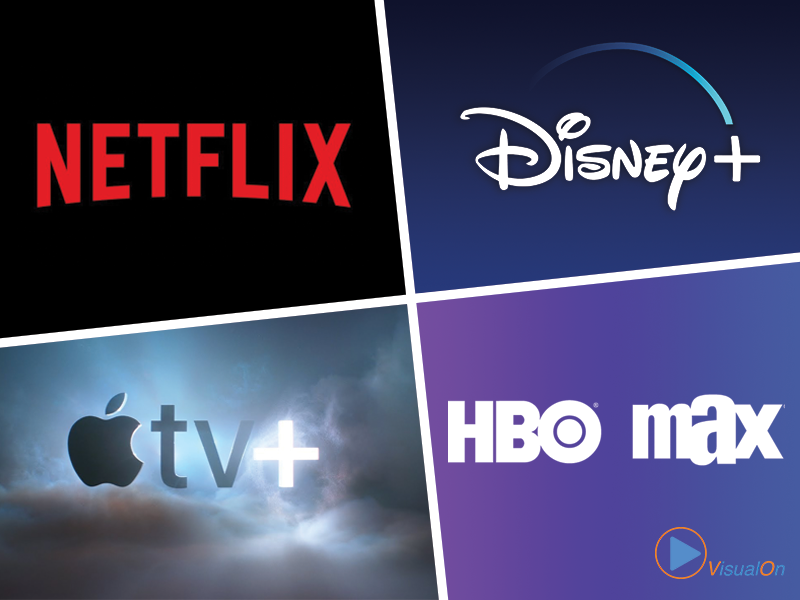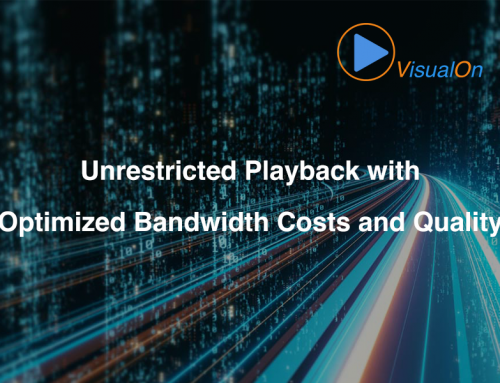Who Will Win the Direct-to-Consumer Race?

I had the opportunity to share my thoughts in the recent “Direct dealings” article from Euromedia that looked at how direct-to-consumer (D2C) services are transforming the media and entertainment industry.
Alongside other thought leaders, including Rory McVicar of CenturyLink, Seth Shafter of Kagan, Simon Murray of Digital TV Research, David Sidebottom of Futuresource, Ivan Verbesselt of Nagra, Paolo Pescatore of PP Foresight, and among others, we examined the positive, and potentially negative, effects that D2C services will have on the industry.
Below are some excerpts of my observations from the article. We’d love to hear your thoughts, as this will be an ongoing conversation. Drop us a line to let us know where you agree or disagree.
Q: What are the benefits to broadcasters and studios of adopting a D2C strategy?
A: The main value of a direct service is owning the customer relationship. D2C service operators will have contact and billing information, allowing for cross selling and access to analytics data to understand user behavior, which can help better inform content development and aid in monetization.
Furthermore, owning the entire video chain means that security is easier and content owners are incentivized to be diligent about piracy.
Q: Does the rise of D2C signal the demise of the channel and the pay-TV platform?
A: D2C is already disrupting traditional pay TV business models – cord cutting is accelerating. This has led many traditional pay-TV providers to focus on broadband internet, which is a higher margin business than pay-TV, so it’s not all bad news. Furthermore, as data consumption rises, broadband providers have the opportunity to upsell faster connections and higher data caps.
Also, customers will reach a saturation level of D2C services, which means there will likely be a need for aggregation. This is the streaming equivalent of cable bundles.
Q: If premium content fragments across many D2Cs, will viewers be forced into unwanted purchase choices?
A: Absolutely. There will need for aggregation, as well as ad-based services, rather than subscription. Also, most D2C services have disparate content portfolios. For example, in the case of Warner Media, Turner Sports and CNN have different viewer demographics. Some consumers will want to mix and match content from different providers without subscribing to everything. While content owners may initially refuse to allow this, business models may have to adapt once consumers get “subscription fatigue.”
Q: How close can a D2C strategy come to realising studios’ ‘glass to glass’ Holy Grail, where they retain control of the content from production through to customer monetisation?
A: This is the Holy Grail, which is why Disney spent $2.5B to purchase a controlling interest in BAMTech, gave up billions of dollars per year in content licensing and is investing heavily in infrastructure and marketing for Disney+. However, my view is that only a few can survive alone and there will be losers to go with the winners.
Q: How can content owners balance the subscriber potential of new D2C services compared to existing revenue streams for the same content, with exclusive deals with SVoD operators likely to end?
A: Revenue cannibalization is a given; it will happen. The ARPU in streaming video is lower than traditional pay TV and this will likely disrupt content production. With less revenue, there will be less money to develop content, especially niche or risky (i.e. experimental and innovative) content.
The D2C dream means, by definition, there will be fewer opportunities for third-party services. Netflix saw this coming, which is why they are transitioning to a content company. There may be areas where someone like Apple or Google can aggregate, but SVOD operators, without their own content, will largely suffer.
Written by:
Michael Jones
SVP and Head of Business Development




